Below, we will explore flowers that thrive when planted in September in Zone 7, providing unique insights into their characteristics, cultivation, and best practices for planting.
Aster

Asters are fall perennials that bring a burst of color just when many other flowers are fading. Their daisy-like blooms in shades of purple, pink, and white create a lively atmosphere in the garden. Planting asters in September is particularly advantageous, as they prefer cool temperatures for establishing roots. Ensure they are placed in a location that receives full sun; this maximizes their flowering potential. Asters are drought-tolerant once established but appreciate regular watering during dry spells to keep their vibrant colors.
Care Tip: Deadheading spent flowers can promote additional blooming, extending their flowering season into late fall.
Chrysanthemum

Known for their lush, colorful blooms, chrysanthemums provide stunning seasonal displays that coincide beautifully with autumn. In September, planting hardy mum varieties allows them to establish roots before the winter chill. Chrysanthemums thrive in full sun and well-drained soil, making it crucial to prepare the planting area by mixing in compost or organic matter to ensure proper drainage and nutrient availability.
Care Tip: To encourage bushier plants with more blooms, pinch back the stems in early summer.
Sedum

Sedum, or stonecrop, is a drought-tolerant perennial that’s ideal for busy gardeners seeking low-maintenance options. With fleshy leaves and star-shaped flowers, this succulent thrives in sunny spots and poor soil conditions. September planting allows sedum to establish deep roots, enabling them to flourish even with limited water during the growing season. They are also fantastic choices for rock gardens or border edges.
Care Tip: Divide sedum plants every few years to maintain their vigor and promote flowering.
Pansy

Pansies are one of the most cheerful flowers you can add to your September garden. As hardy annuals, they can withstand cooler temperatures beautifully. Their ability to bloom from fall until early spring makes them a favorite for seasonal color. When planting, choose a location that receives partial to full sunlight. Since they have shallow roots, ensure they are adequately watered and check for mulch to help retain soil moisture.
Care Tip: Regular deadheading will promote new blooms and extend their flowering life.
Ornamental Cabbage and Kale
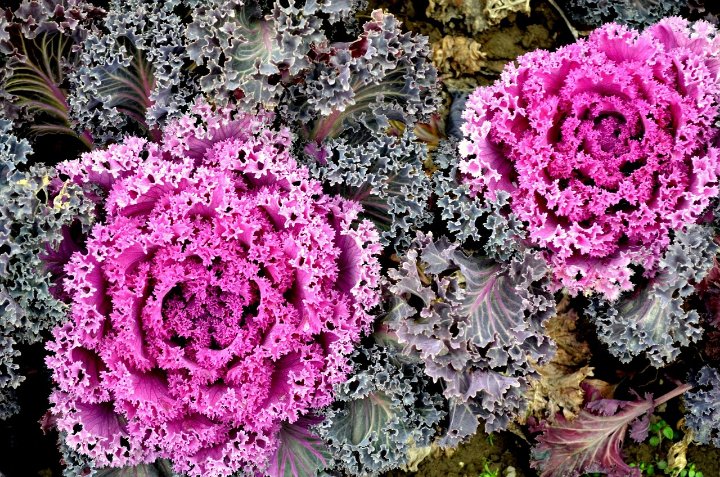
While these unique plants aren’t traditional flowers, they add striking color and texture to any garden. The vivid foliage of ornamental cabbage and kale can serve as a stunning backdrop for other autumn blooms, ensuring your garden remains visually engaging even as flowers fade. Plant these varieties in well-drained soil and ensure they receive sufficient sunlight to thrive.
Care Tip: Water regularly, particularly in dry spells, to keep their vibrant colors intact.
Russian Sage
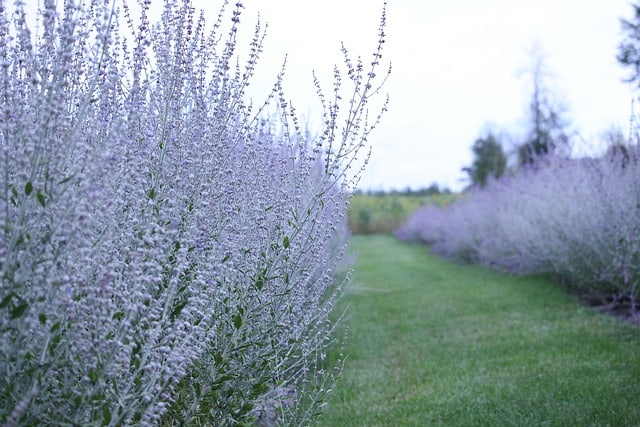
Known for its aromatic foliage and tall, airy flower spikes, Russian Sage can bring movement and beauty to your garden. September is an ideal time to plant this perennial as it will establish a strong root system and bloom beautifully the following summer. Russian Sage requires full sun and well-drained soil, tolerating drought once established.
Care Tip: Pruning back in early spring can encourage more vigorous growth and better flowering.
Goldenrod
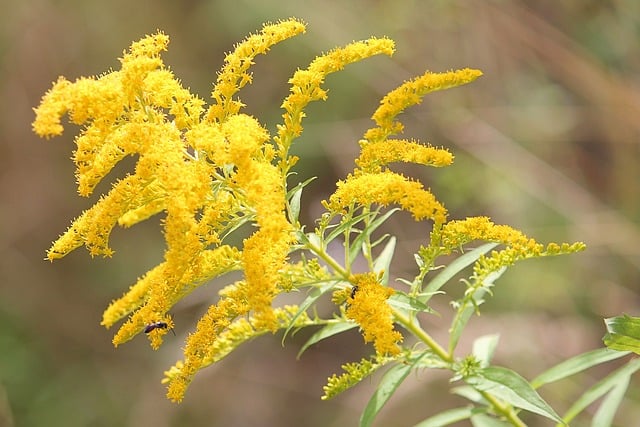
Often underestimated, goldenrod’s vibrant yellow flower spikes are a beacon of fall beauty. It’s easy to grow and maintain, making it a fantastic addition to any garden. Planting goldenrod in September provides it the opportunity to settle and enhances its capability to attract pollinators, especially bees. Find a sunny spot with well-drained soil for optimal growth.
Care Tip: Cut back spent flowers after blooming to promote bushiness for the next season.
Columbine
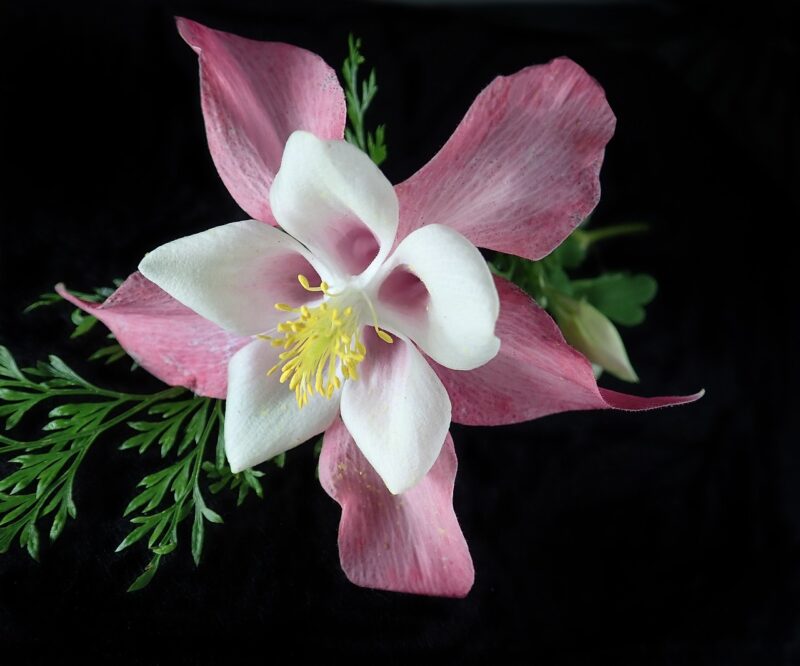
With their unique, elongated flowers, columbine adds an elegant touch to any garden. September planting is ideal for this perennial, allowing it to develop a robust root system. They thrive in part shade, making them wonderful companions for larger shrubs or trees. Prepare the soil well, incorporating organic matter to enhance drainage, as they prefer slightly acidic conditions.
Care Tip: Once established, columbine can self-seed, providing new plants each year.
Blanket Flower
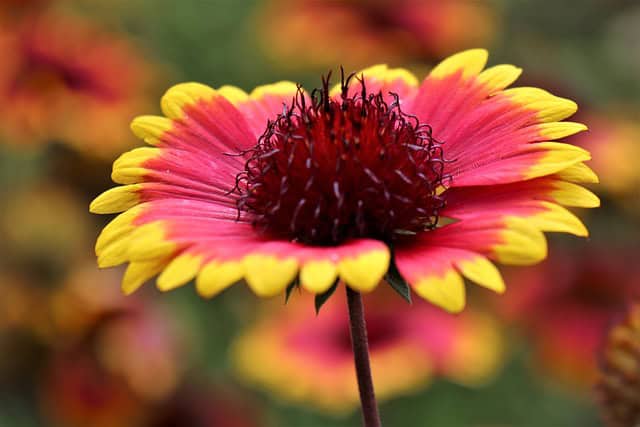
The blanket flower, or gaillardia, is perfect for adding vibrant reds and yellows to your garden. Known for attracting butterflies and other pollinators, planting them in September allows their roots to establish well before winter. They enjoy full sun and well-drained soil and are remarkably drought-tolerant once established.
Care Tip: Allow some spent blooms to remain on the plant to encourage self-seeding and fresh growth next season.
Rudbeckia
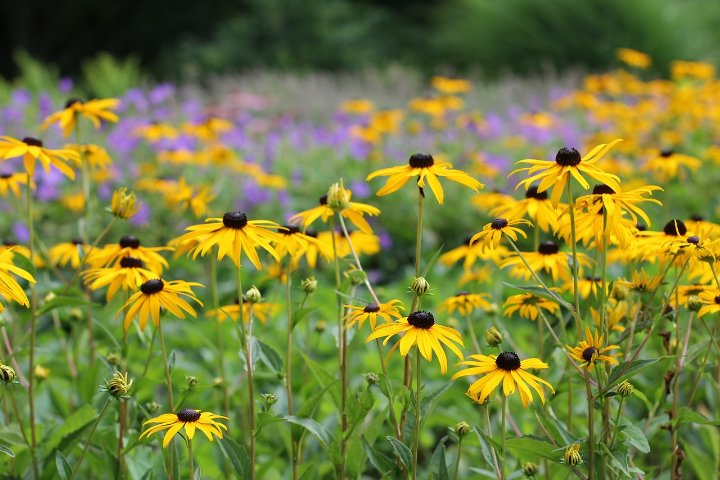
Bright and cheerful, black-eyed Susans are an iconic addition to any garden. Their happy yellow petals and dark centers create a classic fall look, and planting in September gives them adequate time to establish before winter. They thrive in full sun and can tolerate a range of soil conditions, though they perform best in well-drained soil.
Care Tip: Divide plants every few years to maintain vitality and promote healthy blooming.
Helleborus
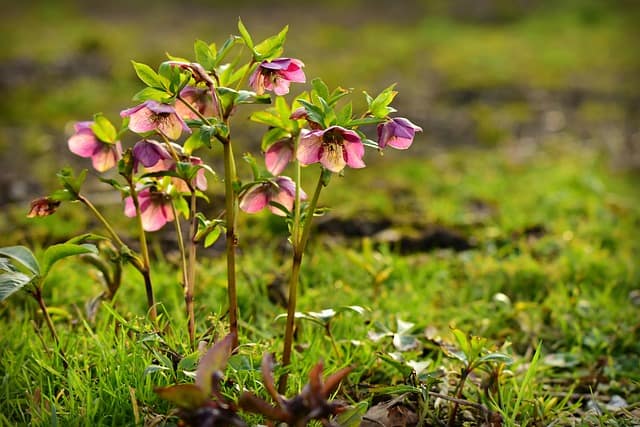
Helleborus, or Lenten Rose, is exceptional for early blooming in the spring, often flowering before many other plants emerge from dormancy. By planting in September, gardeners can allow the roots to establish, ensuring a spectacular display when winter thaw begins. These plants prefer partial to full shade and do well in well-drained, rich soil.
Care Tip: Helleborus is typically low-maintenance, needing minimal intervention aside from occasional mulching to regulate temperature and moisture.
Salvia
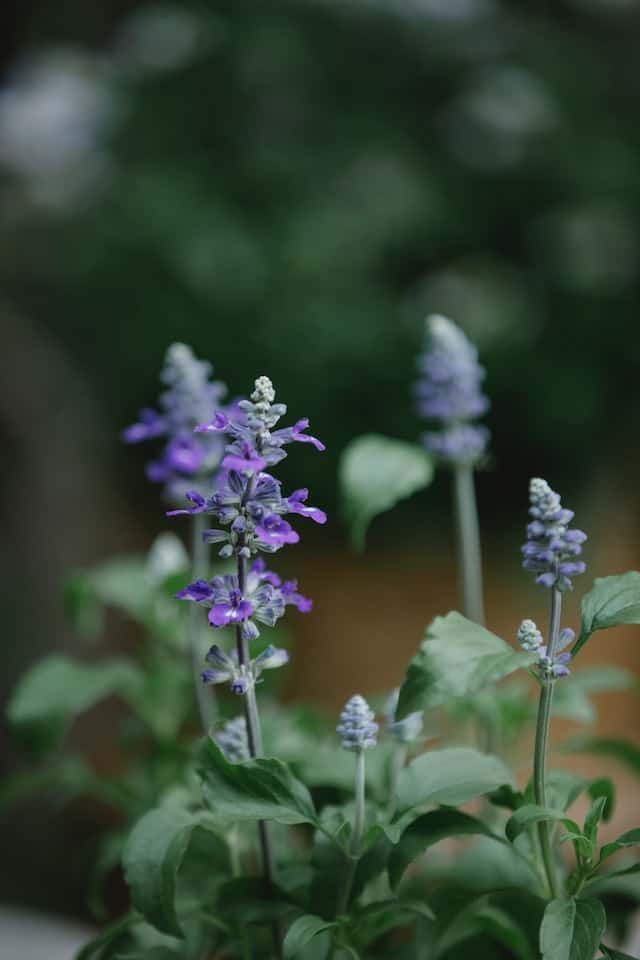
With tall spikes of vibrant flowers, salvia creates vertical interest in the garden while attracting bees and butterflies. Planting in September allows for healthy growth and a perfect showcase of color in subsequent spring and summer. Salvia prefers well-drained soil and full sun, making it essential to choose a suitable planting site.
Care Tip: Deadheading can encourage more blooms, and cutting back the plant in early spring can stimulate new growth.
Dianthus
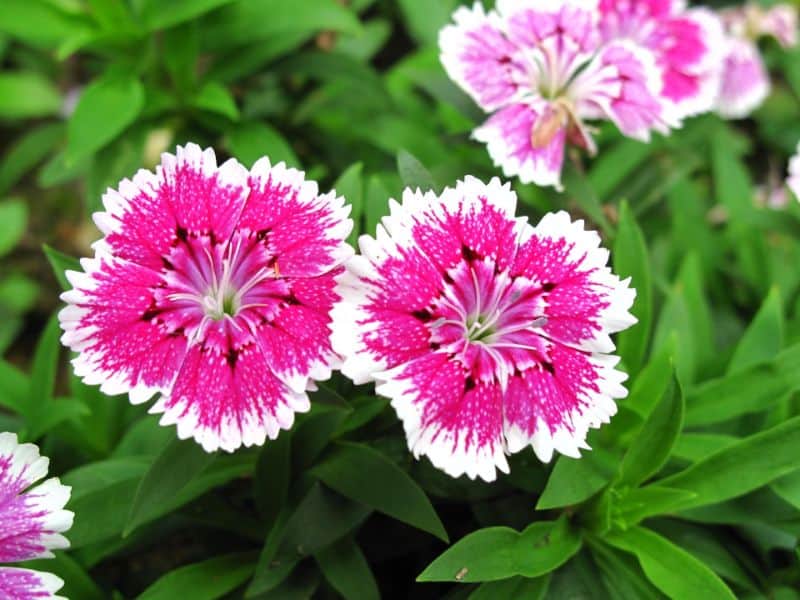
Dianthus is known for its adorable, fragrant flowers and enjoyable colors. Available as both annuals and perennials, these flowers can fit various garden styles. September is a great time to establish them, as they can survive light frosts. Ensure they are planted in well-drained soil and in a location that receives ample sunlight for the best flowering.
Care Tip: A light fertilization in early spring can boost blooming and encourage healthier foliage.
Coreopsis
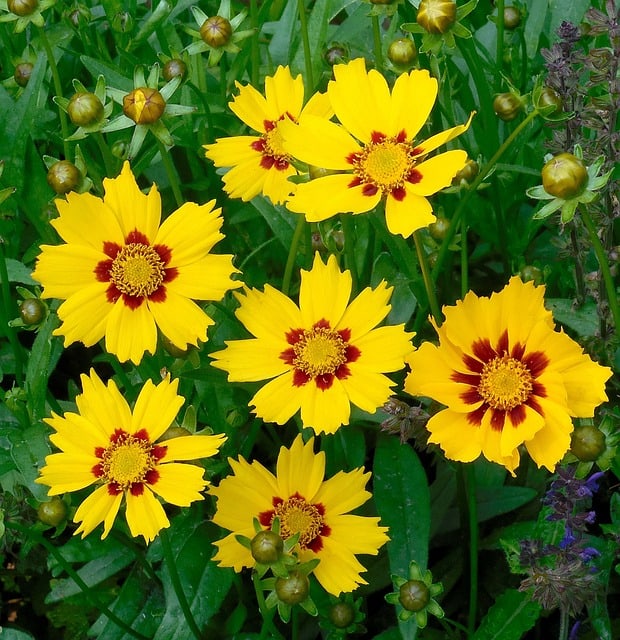
Coreopsis is a resilient perennial that adds cheerful, daisy-like flowers to gardens from late spring through fall. Their adaptability to various soil conditions ensures that they can thrive even in less than ideal environments. September planting allows ample time for the flowers to settle before winter, providing a robust bloom in the following spring.
Care Tip: Regular deadheading will ensure extended blooming throughout the months.
Foxglove
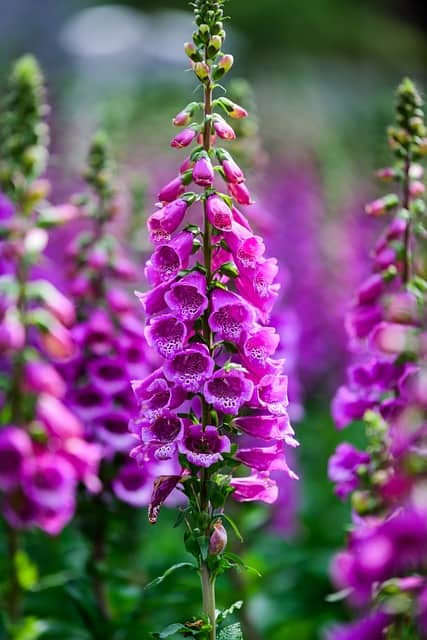
Foxglove is celebrated for its towering floral spikes that attract hummingbirds and other pollinators. Planting in September helps establish a strong root system, allowing for robust growth next summer. These perennials prefer rich, well-drained soil and partial shade, making them excellent for planting among taller plants that offer some shade.
Care Tip: Be cautious, as all parts of the foxglove plant are toxic if ingested.
Phlox
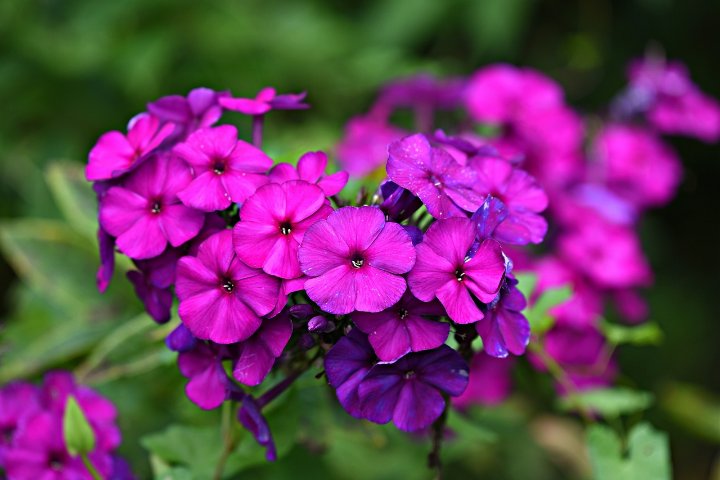
Phlox brings vibrant colors and a lovely fragrance to your garden. Planting fall-blooming varieties in September will help them settle into the ground, providing an impressive floral display in the coming seasons. These flowers perform best in full sun and well-drained soil, so prep the planting site accordingly, mixing in compost to enhance fertility.
Care Tip: Regular fertilization can enhance growth and flowering capabilities.
Peony
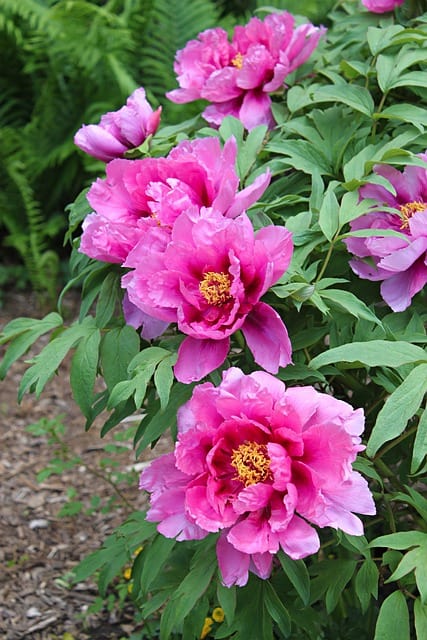
Although peonies are typically planted in mid to late fall, September is a superb time to establish them, ensuring they spring forth with stunning flowers come late spring. Known for their luxurious blooms and beautiful fragrances, peonies thrive in well-drained, nutrient-rich soil and full sun, making them a prized possession in any flower garden.
Care Tip: Support heavy blooms with stakes if necessary, to prevent them from drooping under their weight.
Agastache
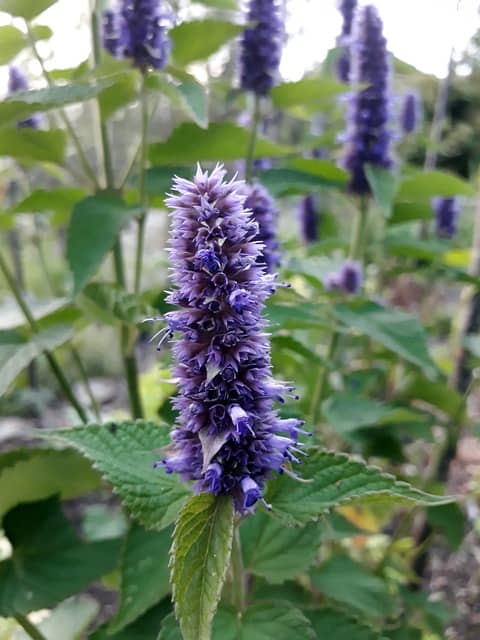
Agastache, or hummingbird mint, excels at attracting pollinators to your garden with its tall, colorful spikes. September planting allows these aromatic plants to settle in, developing a robust root structure before winter. They thrive in well-drained soil and full sun, making them a vibrant addition to sunny borders or perennial beds.
Care Tip: Light pruning in spring encourages denser blooming.
Verbena
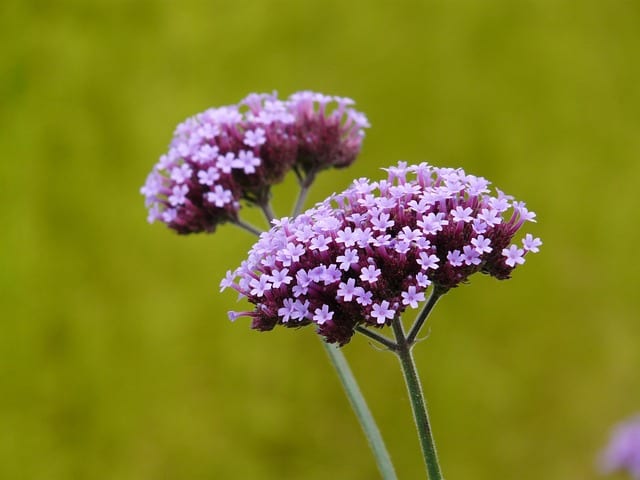
Verbena is an exceedingly versatile flower known for its vibrant blooms that can fill garden containers or act as border plants. With proper care, such as ample sunlight and rich soil, planting in September allows for a better establishment of these delightful flowers before colder weather arrives.
Care Tip: Pinching back tips of young plants can encourage bushier growth, enhancing their overall appearance.
Catmint

Catmint, notable for its aromatic leaves and lovely lavender flowers, is strikingly beautiful while being incredibly hardy. September is a great time to plant catmint, as its roots will adapt well to the cool fall weather. It loves full sun and is forgiving with poor soil conditions, making it a wonderful choice for low-maintenance gardens.
Care Tip: Pruning back catmint in early summer will promote re-blooming and complement the garden’s visual appeal.
Gaura
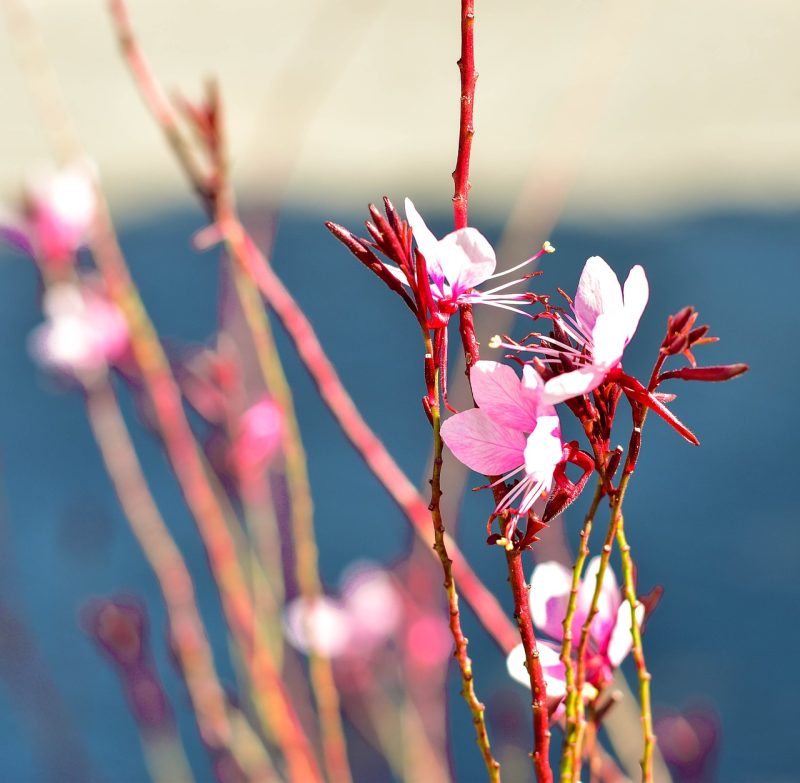
Gaura’s delicate, airy flowers add a whimsical touch to gardens, blooming from late spring to fall. Planting gaura in mid-September allows their roots to establish, helping them withstand the winter chill and flourish with a carefree look. Gaura prefers full sun and well-drained soil, which is crucial for their success.
Care Tip: To maintain a lush appearance, regular watering during dry spells will promote healthier growth.
Heuchera
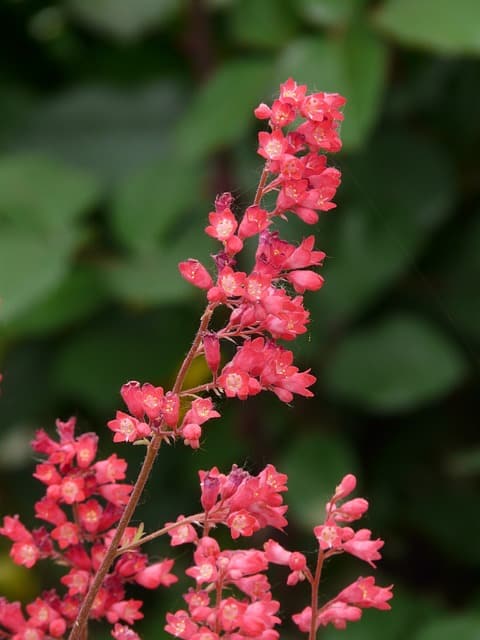
Heuchera, or coral bells, provide a delightful range of colorful foliage, which adds interest to your garden even without flowers. Planting in September allows these perennials to establish roots deep into the soil, ensuring they return with vibrant hues in spring. They perform best in partial shade with rich, well-drained soil, so keep that in mind when selecting a planting site.
Care Tip: Regular division every few years will prevent overcrowding, ensuring the plants continue to thrive.
Lily
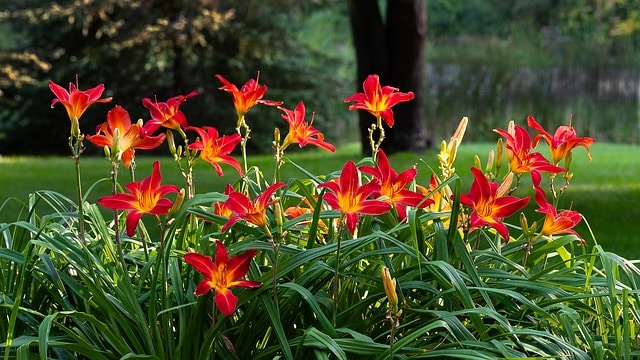
Lilies are timeless flowers that stand out in any garden, offering a variety of striking visual displays. Planting lily bulbs in September ensures that they have enough time to establish before winter, rewarding you with vigorous blooms when summer arrives. They prefer well-drained soil and full sun or partial shade.
Care Tip: After blooming, remove spent flowers to focus energy on the bulb for future growth.
Snapdragon
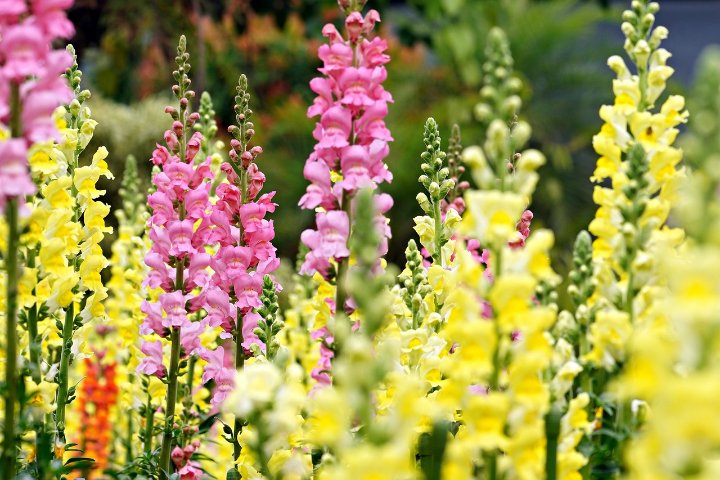
Snapdragons are iconic for their whimsical blossoms that look like tiny dragons. It’s best to plant them in early September so they have enough time to thrive before frost. Snapdragons are suitable for full sun or partial shade and flourish in fertile, well-drained soil, providing versatility in garden design.
Care Tip: Pinching back the tips can result in fuller plants with abundant blooms during spring.
Sweet William
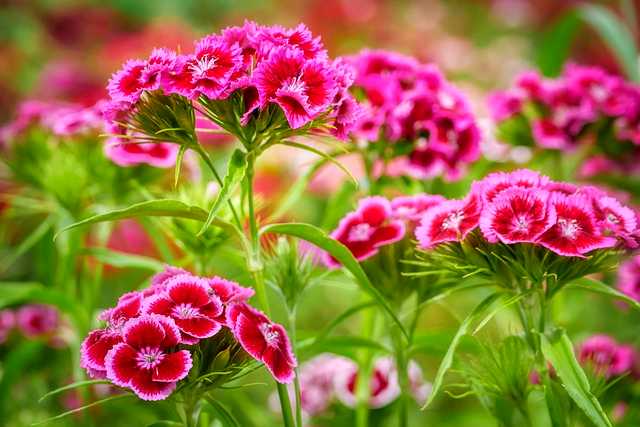
Sweet William combines beautiful clusters of fragrant flowers that can brighten up any garden. By planting these hardy annuals in September, they can develop strong roots, ensuring a robust display in the spring. They thrive in well-drained soil and a sunny location, enhancing both their growth and beauty.
Care Tip: Cutting back after flowering can encourage fresh growth and re-blooming.





